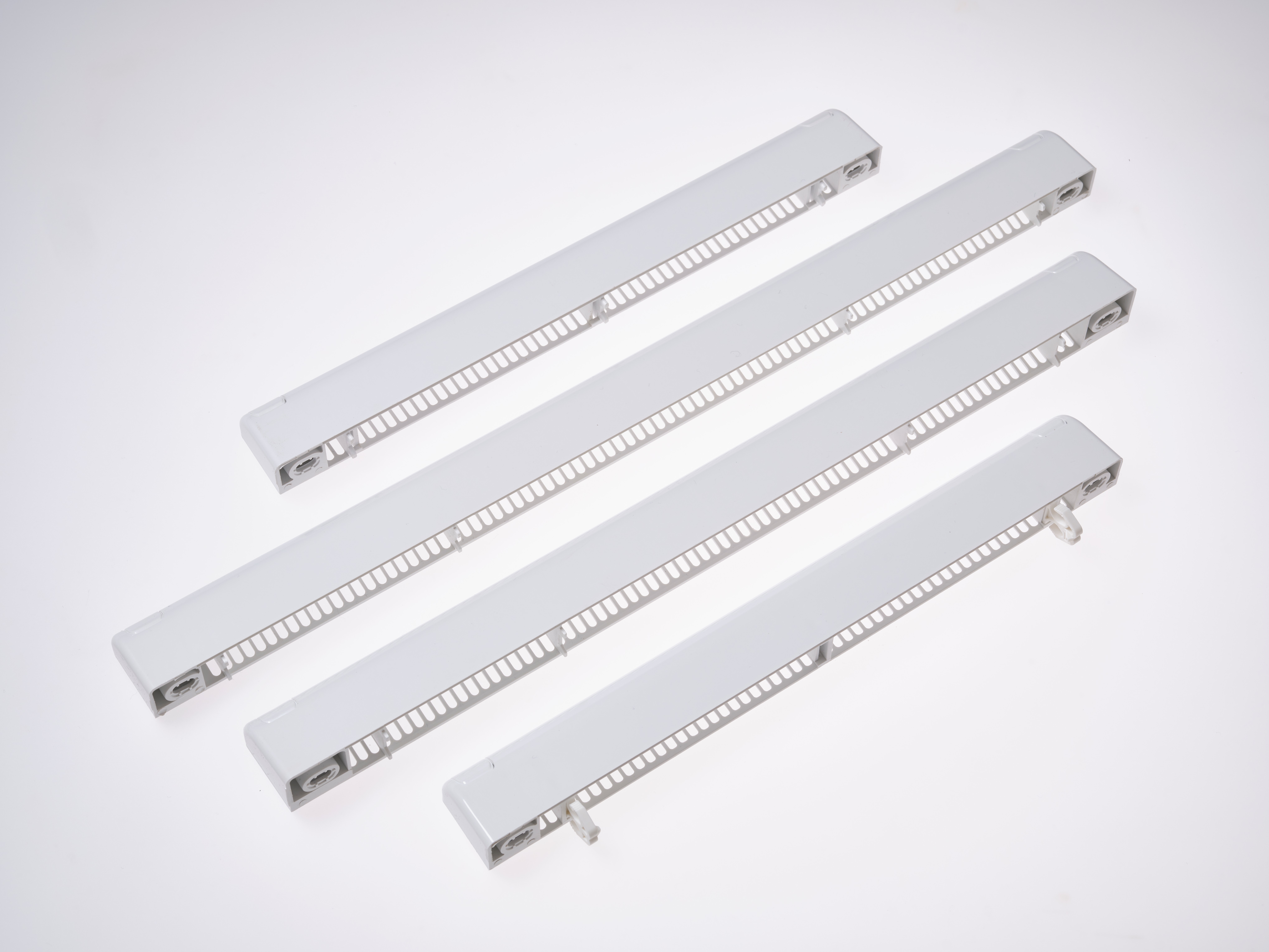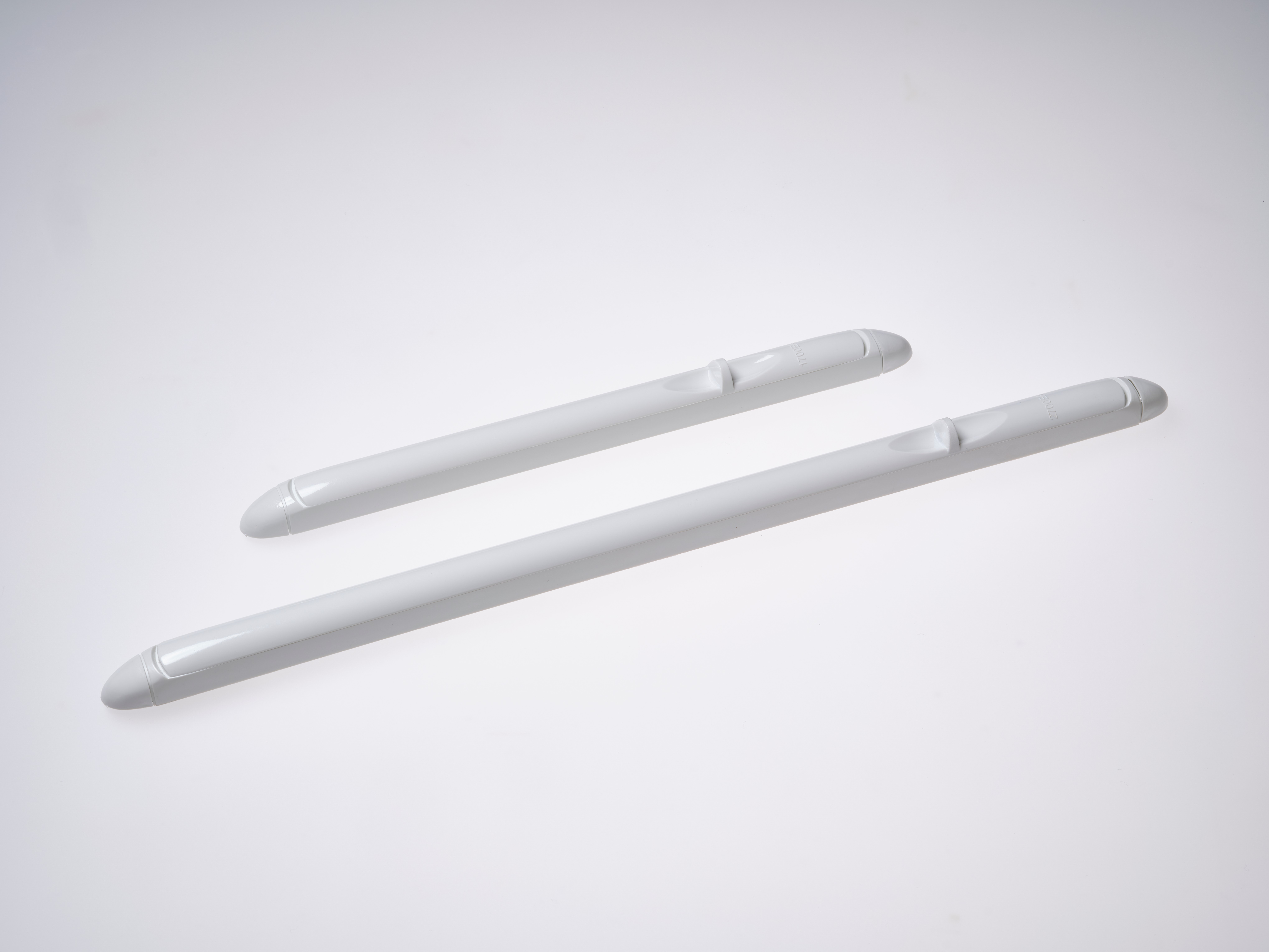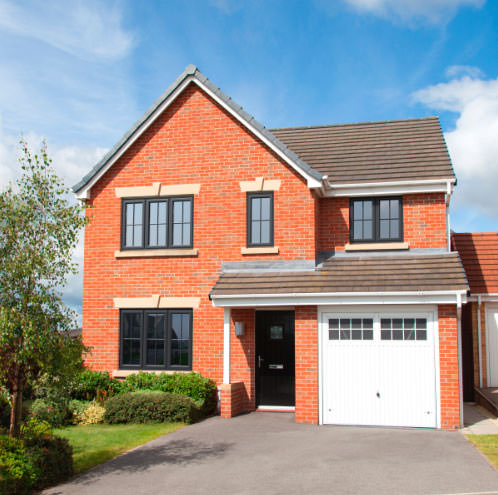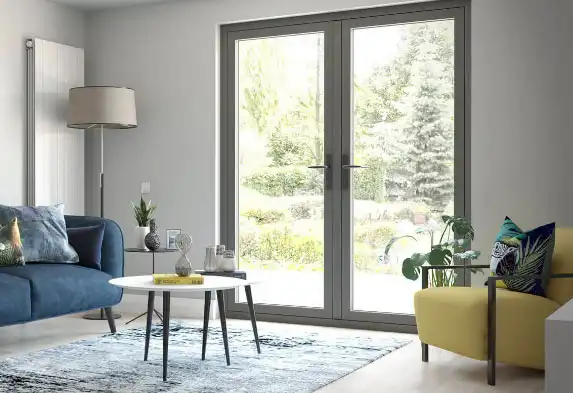From 15th June 2022, all new and replacement windows must meet new ventilation and energy efficiency regulations.
What You Need To Know: Ventilation (Part F)

What is Part F?
Part F is a building regulation that concerns construction projects that are new or result in the change or use of a dwelling or all other buildings in England. It sets the standards for the ventilation of new and existing buildings.
Why is Part F changing?
Part F has been in place since 2010, but over the years, key issues have been identified and concerns voiced over the failure of homes to comply. In 2020, guidance from Public Health England on selected volatile organic compounds (VOCs) indoors and World Health Organisation (WHO) recommendations for indoor pollutant levels mean Part F, as it stands, is out of date.
Part F is also very closely linked with Part L (conservation of fuel and power), as both are being improved to meet the Government's Future Homes Standard. One way of improving energy efficiency is to reduce the heat loss through air permeability, meaning building more airtight homes. However, an increased airtightness leads to reduced ventilation and, therefore, Part F has been updated to ensure that sufficient levels of ventilation are still provided.
2022 Regulation Guidance: New Homes
New homes using Natural ventilation with background ventilators and intermittent extract fans guidance (suitable only for less airtight dwellings):
For dwellings with multiple floors:
- Habitable rooms and kitchens: 8000mm2 EA
- Bathrooms: 4000mm2 EA
- Sanitary Accommodation/Utility Room: No minimum
For single storey dwellings (e.g. flats):
- Habitable rooms and kitchens: 10000mm2EA
- Bathrooms: 4000mm2 EA
- Sanitary Accommodation/Utility Room: No minimum
There are some sub-rules:
- Seek expert advice should the dwelling have a single exposed façade or at least 70% of its openings on the same façade, or if the kitchen has no windows or façade for vents.
- If the kitchen and living room are not separate, at least three vents of the same EA as for habitable rooms should be provided in that space.
- The total number of vents in habitable rooms and kitchen should be at least 5, or 4 if a one bedroom property.
- If a bathroom has no window or external façade through which a ventilator can be installed, the minimum equivalent area specified should be added to the ventilator sizes specified in other rooms.

New Homes using Continuous mechanical extract ventilation:
- Trickle vents should provide 4000mm2 EA in each habitable room.
New Homes using Mechanical ventilation with heat recovery:
- No change. Trickle ventilators are not required because these are balanced ventilation systems in more energy efficient house designs.
2022 Regulation Guidance: Existing Homes
- Replacement windows should be fitted with trickle vents regardless of whether the windows being replaced had vents in them or not if no background ventilation alternative is being installed.
- Habitable rooms and kitchens: 8000mm2 EA. Bathrooms (with or without a toilet): 4000mm2 EA.
- Addition of a wet room to an existing building: 5000mm2 EA.
- Addition of a habitable room to an existing dwelling (if the existing room has less than 5000mm2 EA): 10,000mm2 EA.
- If the existing dwelling has continuous mechanical extract ventilation fitted, then 4000mm2 EA is required in habitable rooms.
If it's not technically feasible to adopt the minimum equivalent areas set out in paragraph 3.15, the background ventilators should have equivalent areas as close to the minimum value as is feasible.
In all cases, there is now an Installation & Commissioning Checklist that needs to be completed and handed over by the installer. This includes background ventilation sign off. This Checklist appears in the Approved Document ‘Part’ F, as opposed to the separate DVCG (Domestic Ventilation Compliance Guide), which has been made obsolete.

What You Need To Know: Energy Efficiency (Part L)
What is Part L?
Part L is a building regulation that concerns construction projects that are new or result in the change of use of a dwelling or all other buildings in England. It sets the standards for the energy performance and carbon emissions of new and existing buildings. From 15th June 2022, all new and replacement windows and doors must achieve a thermal efficiency U Value rating of 1.4 W/m²K or less.
Why is Part L changing?
The new Part L is the first uplift on the road to meeting the government’s Future Homes Standard. This will require new build homes to be future-proofed with low carbon heating and world-leading levels of energy efficiency by 2025.
Where does the new Part F & Part L apply?
There are 2 parts to the new Part F and Part L. Each one covers a different type of building:
- ADL Volume 1: Dwellings
- ADL Volume 2: Buildings other than dwellings
Both new build & replacement are covered in each volume. It does not apply to work subject to a building notice, full plans application or initial notice submitted before 15th June 2022, as long as work starts on site before 15th June 2023. The regulations apply in England only.
How Do We Comply?
We will have a range of compliant ventilators available prior to 15th June 2022. All of our products also meet or exceed the new energy efficiency requirements as standard.
Find out more about Kingfisher Windows and get a quote today.






